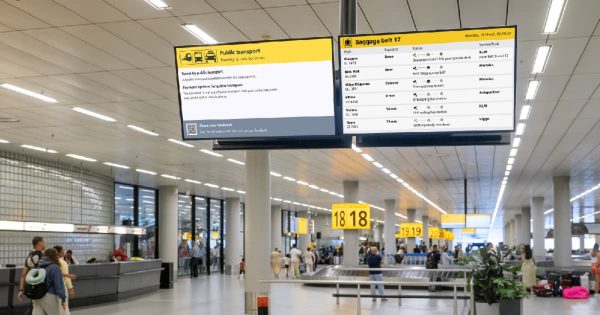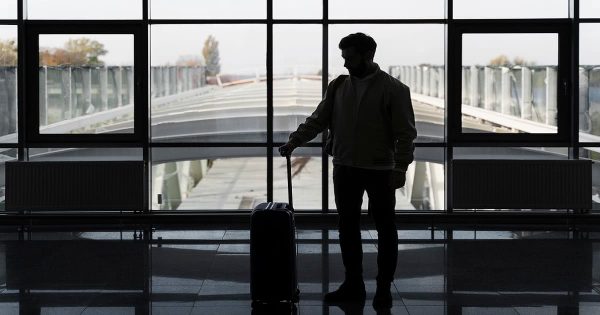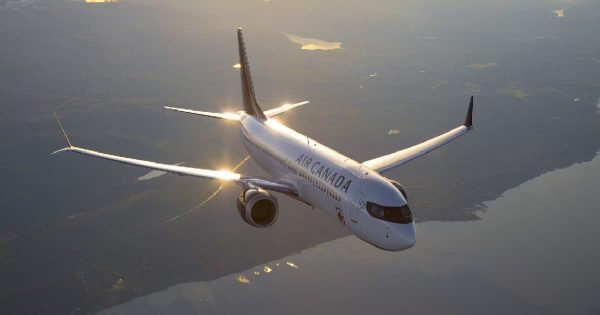DSG systems has signed a contract with Oslo International Airport to deliver 34 self bagdrop units to the airport´s new terminal, scheduled to open in April 2017.
DSG systems is one of a number of companies delivering self bagdrop solutions. The Norwegian company has bagdrop equipment at all major airports in Scandinavia, as well as at European hubs such as Berlin, Barcelona, Madrid and Bergamo. Recently the company signed a frame agreement with Toronto Pearson International Airport.
Karl Otto Jansen, Department manager for EL/ICT at the T2-project at Oslo Airport:
“A passenger friendly Self-service Bag Drop is important to be amongst the most efficient Airports, and we have high expectations for the deliveries of from DSG.”
According to SITA, 80 percent of passengers who have tried the system, say they prefer self bagdrop, as it reduces queuing.
Passengers download boarding passes on their smart phones, pick up their baggage tags from self-service machines at the airport, and place the baggage on the conveyor belt themselves. Passengers then scan the baggage tag, and software makes sure the luggage arrives at the right destination.
Idar Sørgjerd, CEO of DSG systems, said:
“We are pleased to continue our good cooperation with Oslo International Airport.
Oslo Airport was the first airport to install DSG’s self-service bagdrop in 2010 and has since been a key partner for us to test and innovate our solutions.Our self-service bagdrop solutions reduce check-in costs by 80 percent, compared to old-fashioned check in at staffed counters. One airport employee can now serve four check-in counters instead of one. Whereas check-in for one passenger used to take one minute, it now takes ten seconds. Within 12 months, our clients have gained back their investment in our system.”
Self bagdrop has been around for almost a decade and is slowly spreading. According to SITA, the share of self bagdrop will increase from 9 percent today to 69 percent in 2017.
The attractions of self bagdrop for airlines, airports and ground handlers are obvious. They are the same arguments the industry has been using for all matters self-service.
Airlines and ground handlers can cut costs by using less staff as the passenger actually does the work. Airports can increase revenue if passengers spend more time and money in the shops.
Does self bagdrop really save time?
That depends on how you calculate the time. This afternoon I was at Heathrow Terminal 5 for a British Airways flight.
I checked-in online as always the day before.
At the airport I printed my boarding pass at a self-service kiosk. This bit is actually the slowest as BA kiosk keeps asking if you want to reprint the boarding pass. A 20 second process becomes about 2 minutes for no reason.
I then took my bag to a staffed bag drop. The agent checked my passport, tagged my bag and sent me on my way with a smile in 15 seconds. That is normal for British Airways bag drop at LHR T5. A great service.
With self bagdrop, the actual dropping of the tagged bag at the device may well take 10 seconds but that does not include the time to print the tag and attach it to the bag.
For me, British Airways Terminal 5 bag drop remains the best process.







